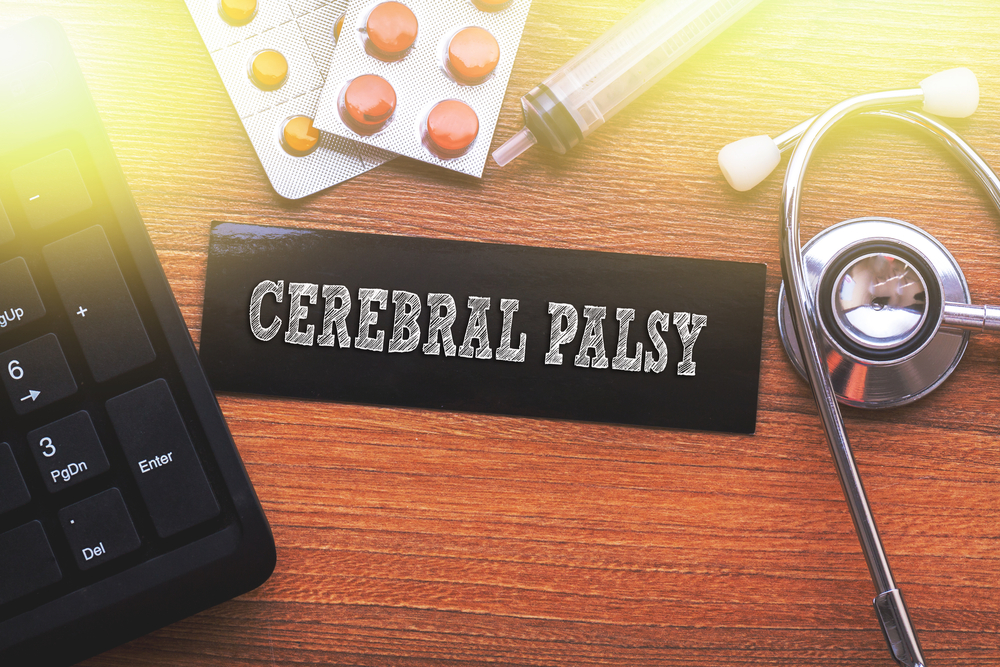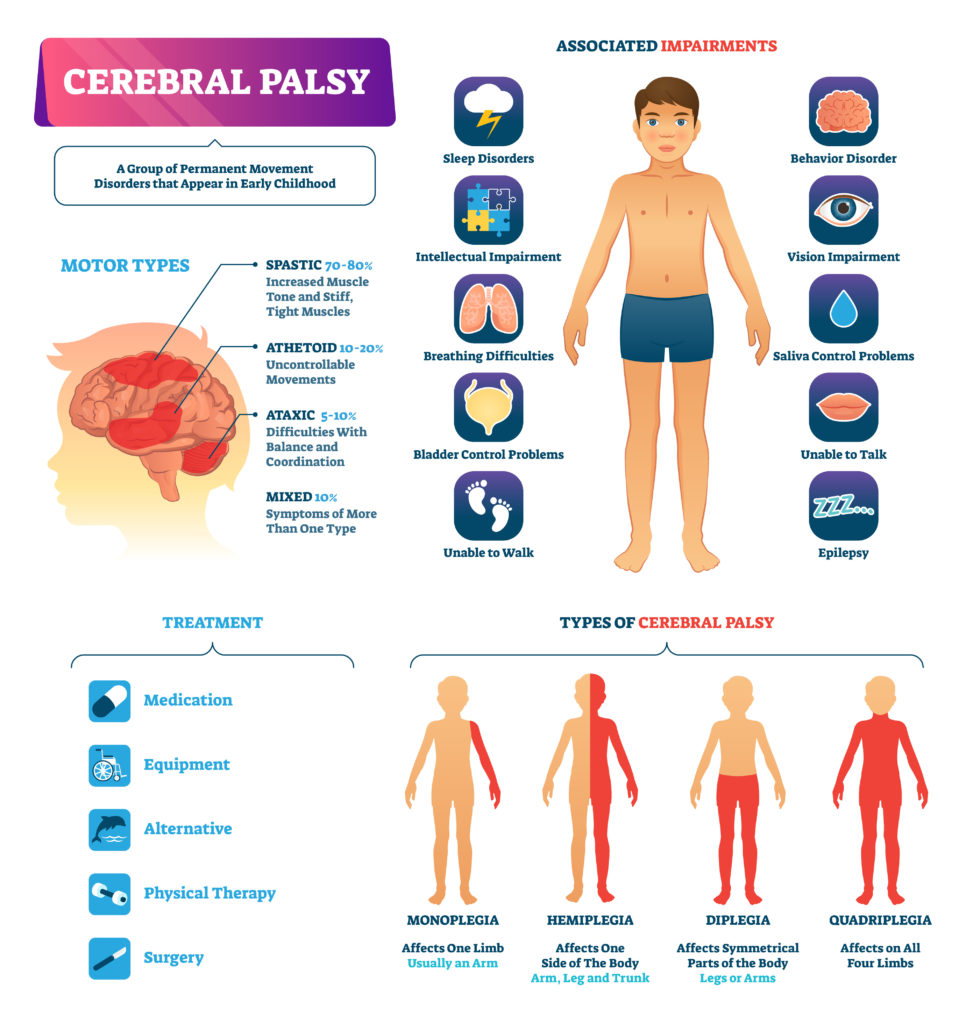
An Overview of the Types of Cerebral Palsy
Cerebral palsy (CP) is one of the most common brain disorders affecting infants in the United States. Estimates suggest that 8,000 to 10,000 people receive a diagnosis each year. These individuals suffer from movement and motor deficiencies, often resulting from brain damage. How these deficiencies affect the individual will vary depending on what type of the disorder that the person has.
Cerebral palsy is often used as an umbrella term, but there are actually several different types, each with unique characteristics. Knowing the type is important to finding the right treatment and therapy to improve mobility and independence.
Four Main Types of Cerebral Palsy
There are four main types of cerebral palsy, which are the most commonly diagnosed. These are:
Spastic
Spastic is one of the most common types. With this type, the muscles stiffen and become weak or paralyzed. Patients often have difficulty walking. Sometimes spasticity affects only one side of the body, but it can affect the entire body.
Athetoid
Athetoid cerebral palsy (also called Dyskinetic) affects rigidity in movement. Patients may experience involuntary movements or jerking of the legs, arms, feet, and hands. Patients may also experience overactive facial muscles, which can result in drooling.
Ataxic
Ataxic cerebral palsy affects balance and coordination. It is unique from all other forms of the disorder. Patients may experience involuntary movements, speech problems, abnormal walking, tremors, and vision problems. This type can only be diagnosed once infants reach 18 months old.
Mixed
Mixed cerebral palsy is aptly named because the symptoms include a mixture of more than one type and related symptoms. Patients will generally experience difficulty with walking and speech, will find balance and coordination difficult, and may also experience mental deficiencies.
Less Common Types
There are multiple types of cerebral palsy that are less common. These include:
- Dystonic
- Epidural Hematoma
- Hemiplegic
- Hypertonic muscle
- Hypotonic muscle
- Tetraplegic
Depending on the type your child has, you may need to see a team of specialists in order to address symptoms and find appropriate treatment options.
Brain Damage as a Cause of Cerebral Palsy
Cerebral palsy affects the brain and can be caused by brain damage before, during or after birth. Some estimates suggest that one in 10 infants with the disorder develop it because of brain damage. Brain damage may be caused by complications of pregnancy, maternal or fetal health, or birth problems.
Sadly, however, many newborns suffer brain damage because of the negligent actions of healthcare providers. Examples include:
- Too much force applied to the head during delivery, causing a brain injury.
- Undiagnosed umbilical cord problems causing oxygen deprivation.
- Hypoxic ischemic injury, which means a lack of oxygen and blood flow to the brain.
- Prolonged delivery or failure to perform a c-section, which can lead to oxygen deprivation.
- Failure to diagnose or treat jaundice in a timely manner.
- Failure to diagnose maternal infections during pregnancy, labor or delivery.
These causes are devastating for the child and his or her family. In addition to the injury, the family must also face the mental, emotional, and financial impact of a birth injury.
The Impact of Cerebral Palsy Birth Injuries
Cerebral palsy is a disorder that requires a great deal of planning, adjustment, and ongoing medical care. Children often require a variety of treatment, therapies and adjustments in order to life a full and healthy life. Some of the areas where children may need help includes:
- Communication
- Personal Care
- Mobility
- Meal Preparation
- Feeding/Drinking
- Toileting/Hygiene
- Education
Many people find life for a child with a birth injury like cerebral palsy challenging. Even mild CP can have a dramatic impact on the child’s life. But, with the right support system, guidance, and dedication it is totally possible for children with any type of the disorder to live a happy and full life. A good support system includes doctors, therapists, specialists, family, friends and teachers. When all of these parties work together, children have the benefit of a comprehensive plan of action to improve their quality of life.


